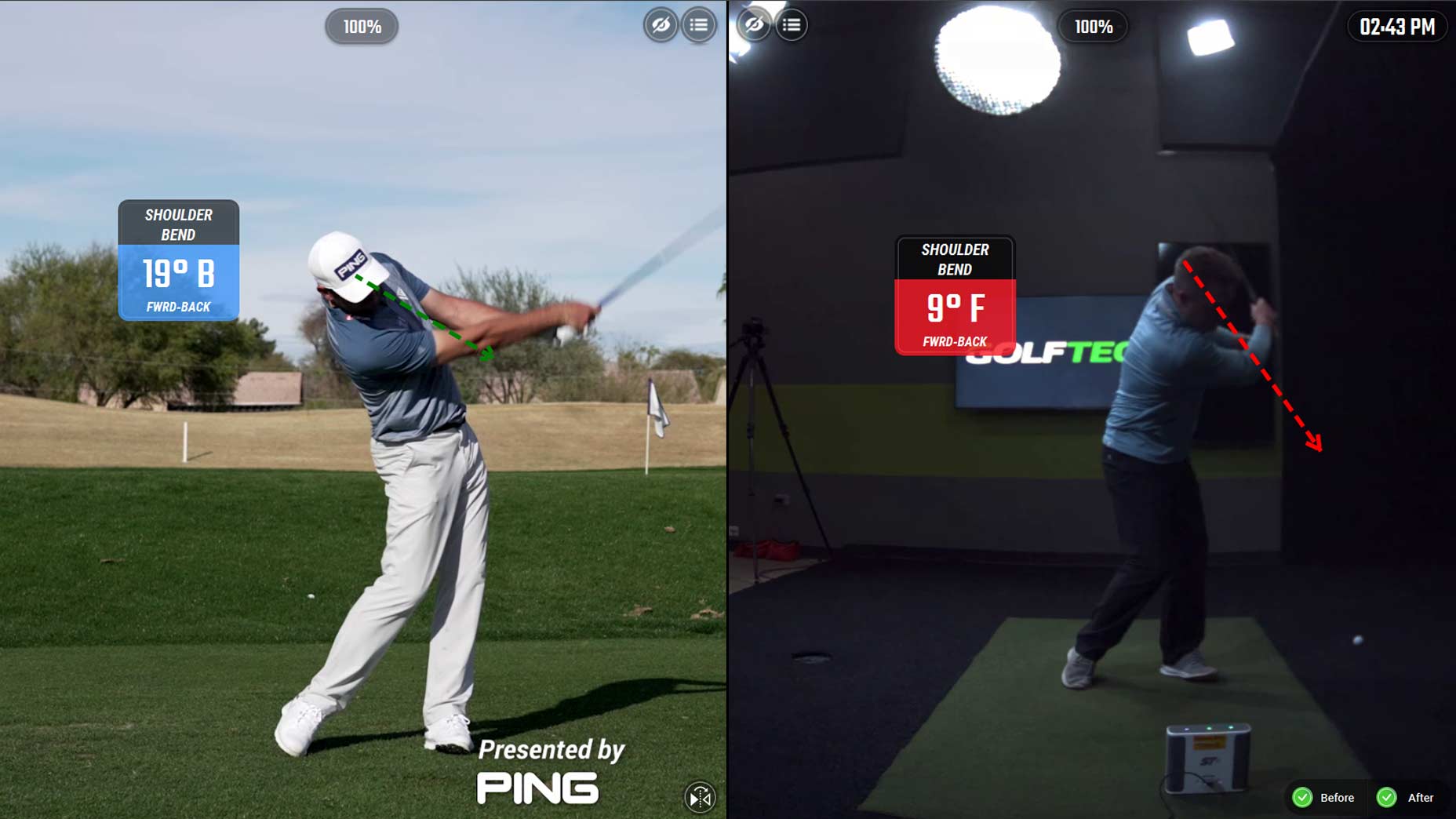Welcome to Shaving Strokes, a GOLF.com series in which we’re sharing improvements, learnings and takeaways from amateur golfers just like you — including some of the speed bumps and challenges they faced along the way.
Uneven lies are inevitable — and can be stress-inducing when you do encounter them.
Naturally, when the ball’s sitting either above or below your feet, or you’re forced to take your stance with your body contorted in a way it isn’t used to, most players can think only about what’s going to go wrong rather than anything that could go right.
A go-to guide for conquering those tricky uneven liesBy: Brech Spradley, Top 100 Teacher
While part of mastering uneven lies is building confidence, achieving that requires trusting your routine and believing you can hit a great shot regardless of how the ball sits.
So, how can you accomplish that? In the video below, GOLF Top 100 Teacher Mark Hackett shares some go-to tips that can help, as he works with an up-and-coming college golfer named Yvette O’Brien, a future TCU Horned Frog. Check out how the two of them can help you improve your own results from uneven lies.
Here’s how to finally master awkward lies in golf
“The ball’s on the downslope, so it’s going to be easier for her weight to move down the slope and it tends to deloft the club,” Hackett says. “So we’re going to add more loft to help get the ball up, because it’s going to come out much lower.”
Hackett then talks through O’Brien’s process. With this ball sitting below her feet on the downslope, the first order of business is to take practice swings to find the low point of the club — which helps her determine her ball position.
“It’s a little more forward, so I tend to hit a little behind it on the downslope,” O’Brien says.
The difference between course rating and slope rating, explainedBy: Josh Sens
This is opposite from a ball that would be sitting above your feet on an uneven lie, as that would be more toward the back of your stance.
Next, Hackett explains how O’Brien needs to setup for this shot, which involves repositioning both her hips and feet.
“We need to level our hips, so she’s going to drop her trail foot back and have the shoulders match the slope,” Hackett says. “So you can see how her lead shoulder is much lower.”
O’Brien talks through her approach on this type of uneven lie if she were to come across it in a tournament.
“Level the shoulders and level the hips with the slope, then making sure to get that contact right before the golf ball is super important,” she says. “I’m really only thinking about getting the ball to roll up [to the green], because it will roll up since it’s on the downslope, so it is going to come out a little bit hotter with a lower trajectory.”
So when you come across an uneven lie where the ball’s below your feet, instead of fearing the outcome, use the tips above to confidently address your ball to hit the ideal shot.













